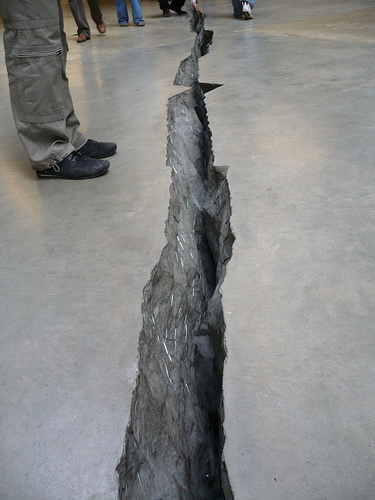Summer learning loss or “the summer slide” is the well-researched erosion of academic performance during the traditional break in the school year. Dating back to when their help was universally needed for farm chores, kids get a break from school in the summertime in the US and many other countries. (As an aside: in some parts of the world, such as where the climate is harsh and buildings have no central heat, school break is in the winter because no child could function in a frigid, unheated classroom.)
For over 100 years, researchers have recognized that students’ learning rates slowed – or even reversed – across the board during “summer vacation.” It is by and large accepted that all students experience learning loss if they don’t participate in learning activities for a period of time. But students from lower-income families seem to lose more academic skills over the summer than peers with higher socioeconomic status.
As measured by standardized test scores, lower-income students generally lose about three months of grade-level equivalent academic development during summer vacation, versus about one month for middle-income students. Most kids seem to lose significant math performance, probably due to lack of practice. But while poorer kids overall also lose reading performance, middle-income children may actually improve reading performance over the summer. Presumably this is because they have greater access to books and more encouragement to read.
These disparities contribute to a significant problem that compounds over time: a widening “achievement gap” that makes low-income kids less likely to graduate from high school or go on to college. Studies show that more than half of this learning gap can be explained by unequal access to summer learning opportunities. In fact, disadvantaged children often keep up well with more privileged peers during the school year, but lag further behind every summer.
According to the National Summer Learning Association, as their infographic below shows, the socioeconomic achievement gap is widening as families that can afford it are spending more than ever on tutoring and other forms of academic enrichment over the summer.
According to the Education Commission of the States, “While the [achievement] gap narrowed considerably through the late 1980s… progress since then has been marginal – and below-par achievement of minority students remains one of the most pressing problems in education.” Minority students remain much more likely to drop out, and thus much less likely to live a middle-class lifestyle.
In a concerted effort to bridge the achievement gap, organizations like Tutors for All are forging partnerships among colleges, schools and community agencies to offer low- or no-cost tutoring options to so-called “underserved” students. In the case of Tutors for All, the Achievement First tutoring program and others, the instruction is one-on-one and individualized thanks to the efforts of volunteers and work-study students.
Can help narrow the achievement gap? Online education visionaries like Salman Khan sure think they can. But according to , online courses could actually widen the achievement gap. This study found that “underrepresented and underprepared” students fall farther behind in online education programs than in traditional, face-to-face classroom settings.
What approaches do you think could help narrow the achievement gap? How about eliminating summer vacations and education students year-round?
Featured image courtesy of celesteh.
SAT vs ACT: Choosing the Right Test [NEW EBOOK]
Download this free 20-Page Ebook for Tutors Now!
Our free 20-page ebook is a step-by-step guide on how to select the right test for your student. Learn everything you need to know about using the PLAN and PSAT to improve student scores, how to leverage learning analytics to select one test over the other, and other tips on how to take the guesswork out of selecting the ACT vs the SAT.












One Response to "The Socioeconomic “Achievement Gap” is Widening"